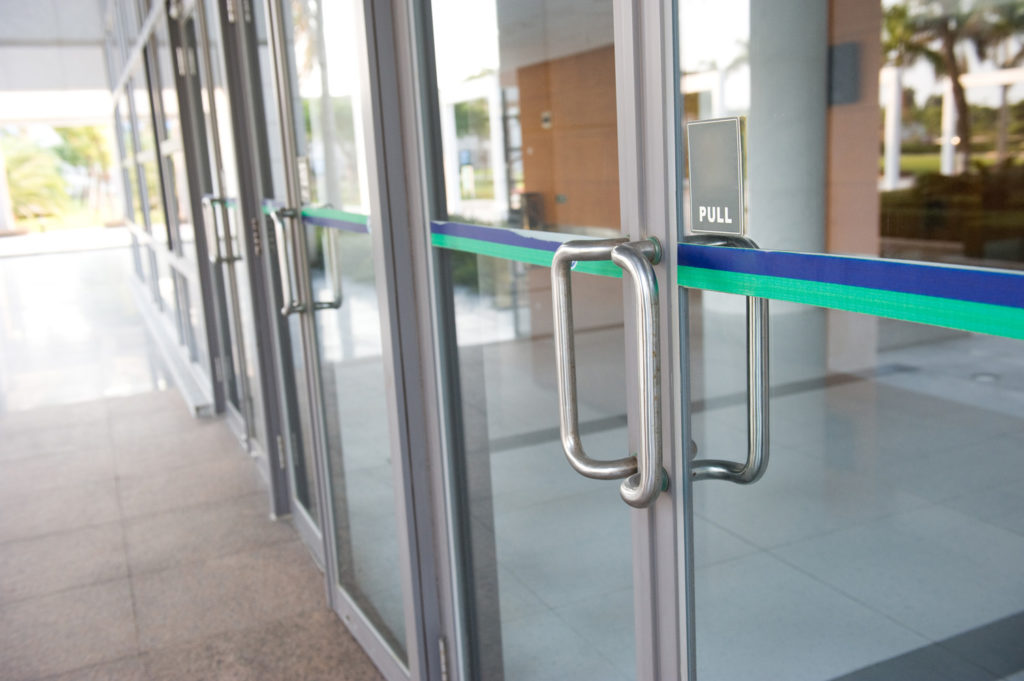Written By: Brad Campbell | April 12, 2023
In the security industry, threat assessments are usually the first step before taking actions to implement new security technologies and practices.
When it comes to improving safety and security in schools, threat assessments are highly recommended as a way to identify risks and vulnerabilities and get actionable recommendations about what steps to take to protect students and teachers.
In general terms, a threat assessment (also known as a security threat assessment) is a process for evaluating perceived and actual threats and coming up with plans for mitigating those threats.
In our industry, the security glazing industry, threat assessments focus on finding ways to improve physical security to protect against things like forced entry, burglary, active threats, and other physical threats.

Threat assessments in schools aim to identify how likely different types of threatening scenarios are to unfold there, identify security vulnerabilities, and put new security technologies and practices in place to help prevent and mitigate various threats.
Schools face many of the same threats as other types of commercial facilities, including vandalism, forced entry, burglary, and storm damage, which are all things that school threat assessments take into account.
However, when we talk about major school safety and security threats, the one at the top of the list is an active threat scenario.
An active threat scenario is any type of violent attack taking place on or near school property that could potentially cause physical harm to students and staff.
This could be either an act of targeted violence aimed directly at the school, either from a member of the school’s community or an unknown individual, or a violent incident taking place in another nearby location that causes the school to go into lockdown.
While there are risk factors that can make school violence more or less likely at certain schools, an active threat scenario can happen anywhere, anytime.
Because of this, school threat assessments always look for vulnerabilities that attackers could exploit and recommend ways to shore up these weak spots to protect the lives of school occupants.
Potential risks that security threat assessments in schools consider include:
Threat assessments in schools typically provide recommendations about best practices to implement, as well as about physical security upgrades to make.
For example, best practices a security threat assessment might recommend include developing new lockdown procedures, creating an anonymous tip reporting system, training students and staff on recognizing and addressing threatening behaviors, and increasing monitoring of entryways and common areas
Some examples of physical security upgrades that a school threat assessment might recommend are:

The goal of any security threat assessment is to provide a comprehensive safety and security plan that addresses all of the possible threats to a property and its occupants, thus greatly reducing the risks of property damage, loss of property, and physical harm.
Unfortunately, there’s no magic formula for stopping active threat scenarios from happening in schools, and there’s no way to know for sure who might try to cause harm to students and staff at any given time.
However, with the right combination of school security best practices and physical security measures in place, it’s possible to drastically decrease the likelihood of teachers or students getting hurt or losing their lives during an incident of targeted violence.
This is why school security threat assessments are so important. Even though all schools are required to have school safety plans and different lockdown and other emergency procedures in place, there’s no substitute for a professional security assessment conducted by an expert.
The professionals who provide threat assessments for schools have looked at numerous case studies from schools and other commercial facilities across the country, and are familiar with all the different ways active threats can unfold. This allows them to see security vulnerabilities that others might not.
Additionally, these security experts are familiar with all the most modern security technology and best practices, and are well informed about what works best to address specific threats.
All schools should create an internal team that’s responsible for coordinating threat assessments, collaborating with outside parties as needed, and implementing the recommendations.
This team will do things like write up new school safety plans and propose physical security upgrades for budget approval.
Of course, it’s also important to work with the right third-party suppliers when making physical security upgrades.
Riot Glass, LLC manufactures, supplies, and installs a full range of Riot Glass® security glazing products that schools can use to provide unmatched physical security to protect their students and faculty.
Riot Glass® security glazing products use specific formulations of polycarbonates, acrylics, other plastics, and security laminates that outperform and outmatch all other similar security glazing products on the market.
We offer both forced entry- and bullet-resistant security glazing for schools that can be retrofitted on top of (over-glazed), behind (back-glazed), or in place of almost any existing glass surface.
This makes Riot Glass® ideal for schools with large numbers of glass windows in classrooms and other buildings. It’s much more cost-effective than replacing windows altogether, and it doesn’t significantly alter the appearance or functionality of school windows.

Riot Glass® fortifies schools without making them look or feel fortified, allowing students and teachers to continue enjoying the benefits of a positive learning environment, while knowing that they’re well protected against active threats and other security threats.
We can work with schools anywhere in the country to install Riot Glass® retrofit security glazing. Contact us today for a free consultation or to schedule a threat assessment.

HOW CAN WE HELP YOU?
